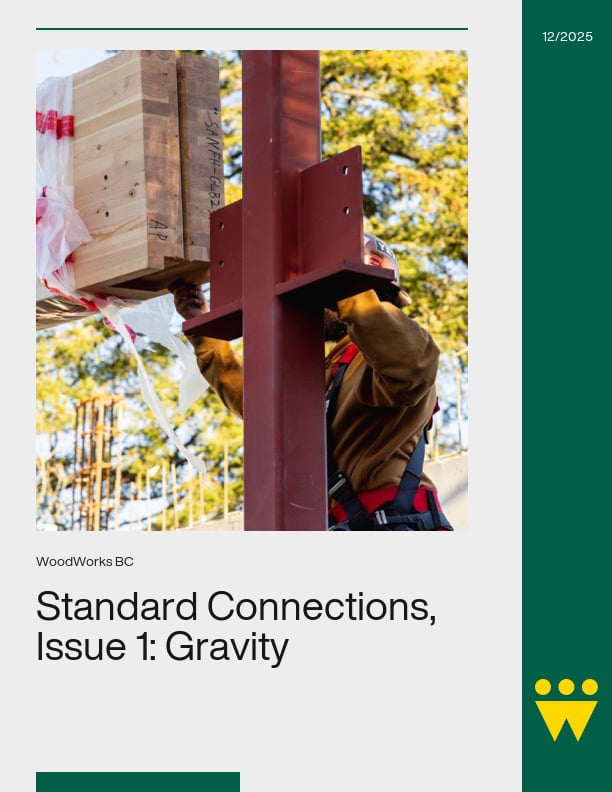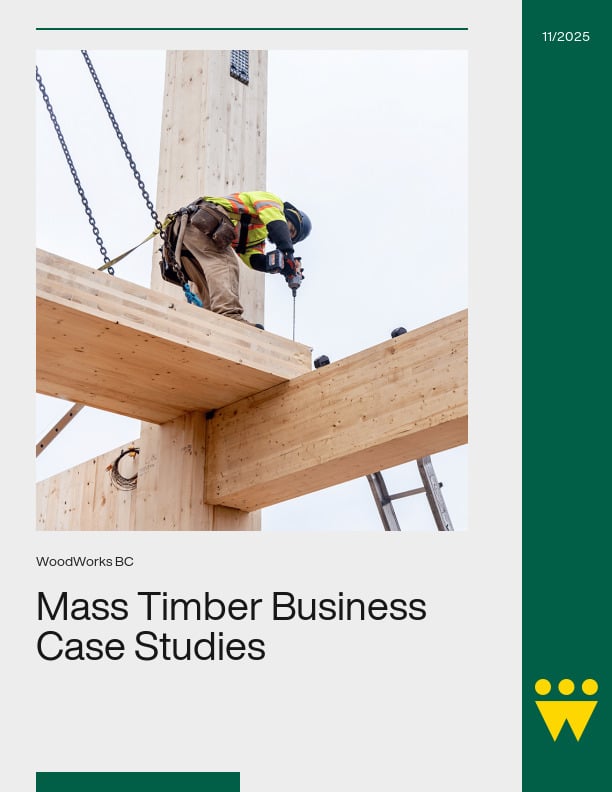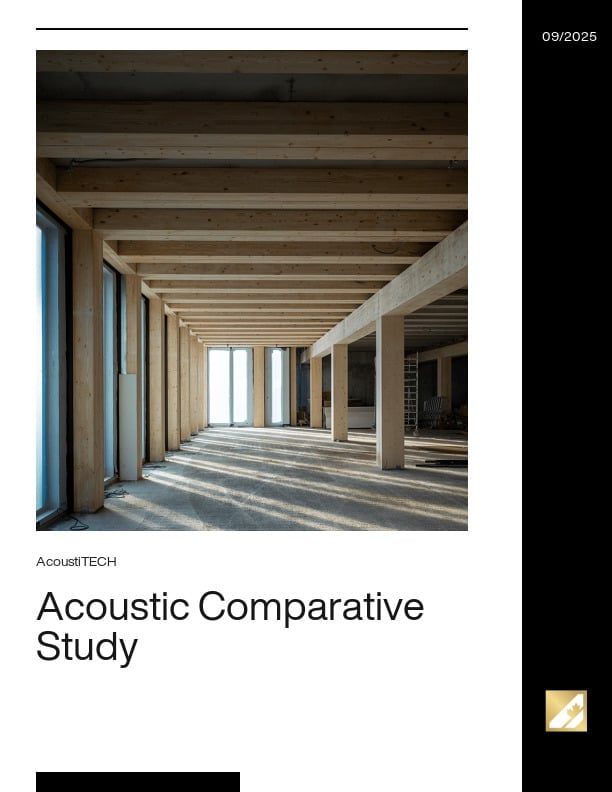Since remedial treatment is intended to solve a known insect or decay problem, the first thing to do is investigate the extent of the problem and, if necessary, provide temporary structural support. The investigation phase should also identify the causal factors so that these can be eliminated, where possible. Also during the investigation, the parts of the wood that have lost strength may be removed. Be aware that a wood decay fungus may have penetrated well beyond the boundaries of the visibly rotted wood. Since deterioration is underway, a rapid response is normally required. This means that where the deteriorated and infected wood cannot be removed and replaced with sound wood, the remedial treatment must be capable of rapidly penetrating the wood and killing the fungi or insects.
Solids
Since solids take time to dissolve and move, they are commonly supplemented by liquid treatments for more rapid eradication of the decay fungus or insect. Borate and copper/borate rods are the only solid remedial treatment method available to the homeowner.
Liquids, Pastes and Gels
Liquids, pastes and gels work rapidly as they do not have to rehydrate or dissolve to start moving and working. Since all visibly decayed wood should be removed wherever possible, these treatments are often used primarily to kill and contain any residual infection inadvertently left behind. Brush or spray applications are quite appropriate for this use. Gels are commonly applied to paint cracks in window joints and to the bottom of door frames, locations where moisture may get into the wood. Where decayed wood is present inside poles and timbers and cannot be removed, liquids, pastes or gels must be inserted deep into the wood for rapid action.
Fumigants
Gases move the most rapidly and therefore have a faster eradicant action.





